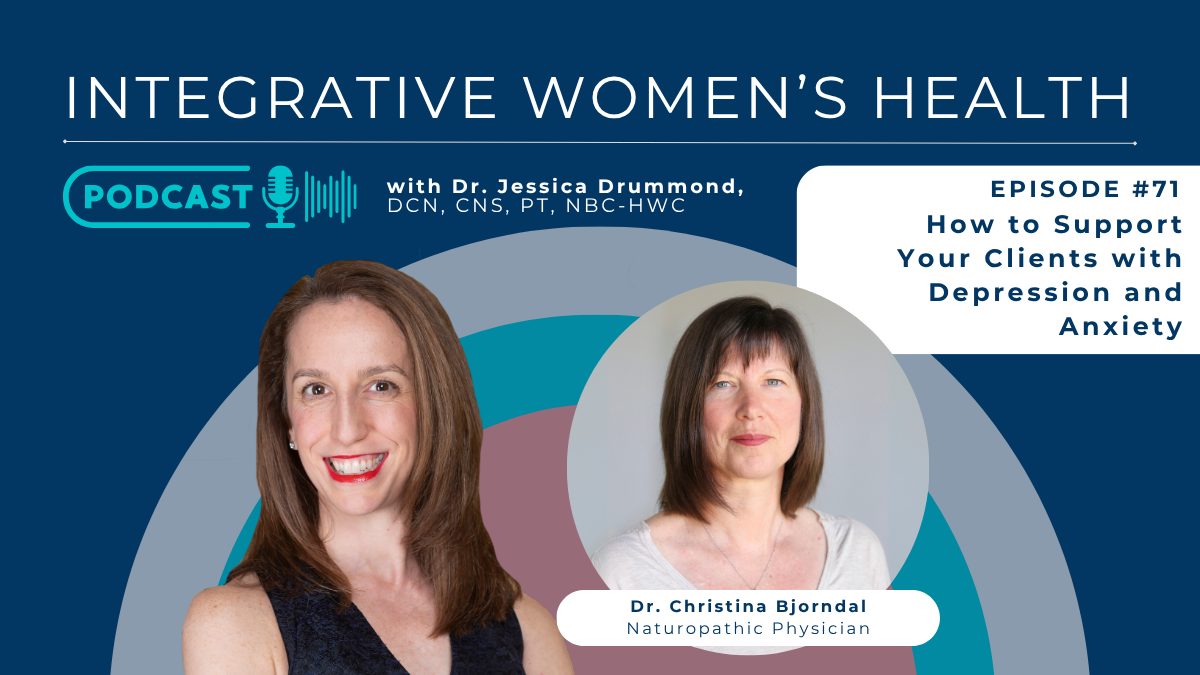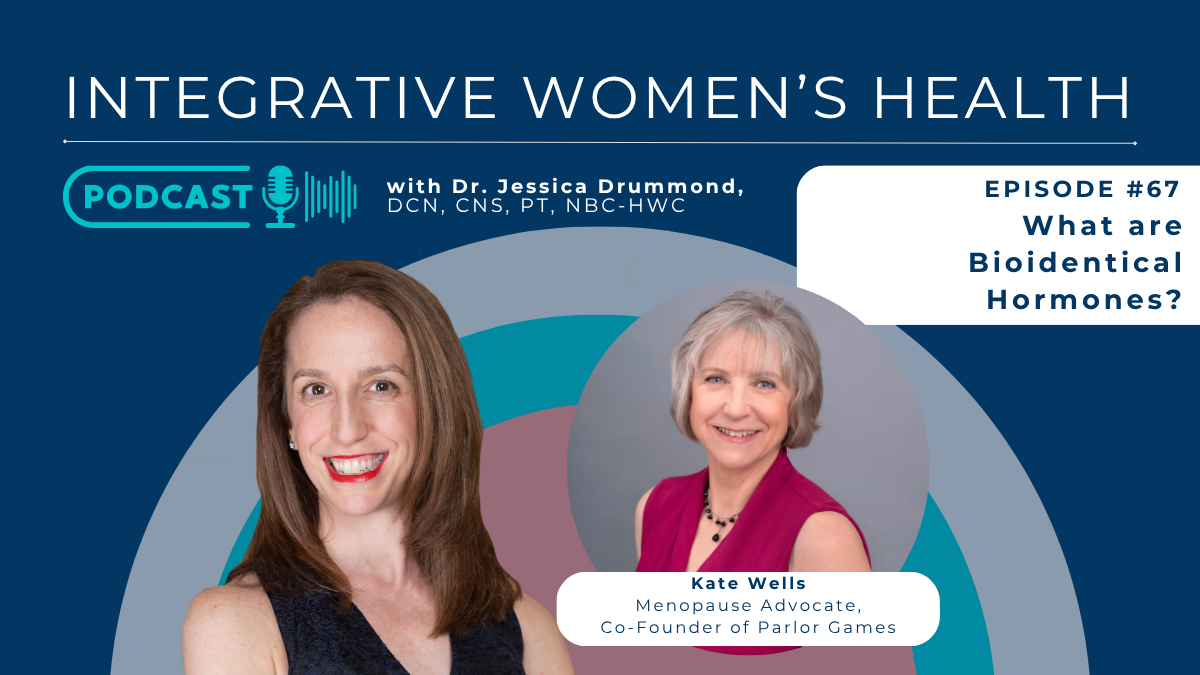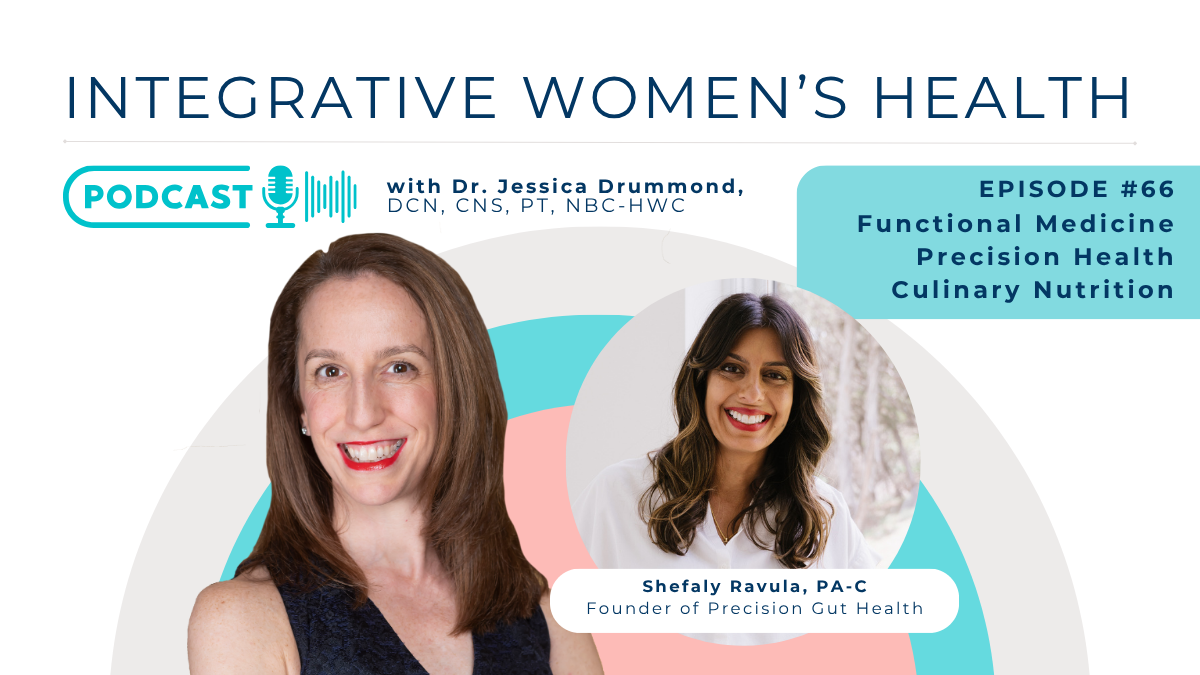
As soon as someone decides that they want to lose weight, get stronger, sleep better, recover from a painful injury, or hit any of their health goals, all they have to do is decide and then it’s as good as done, right?
Wrong.
Wait… I know. They need the correct knowledge and strategies for how to hit their health goals, right?
Wrong.
I am going to take a wild guess and say that you and your clients probably know that eating vegetables is going to be better for your health than eating cupcakes (even paleo cupcakes!) And yet, even among men with chronic pelvic pain (a very serious pain condition), 47% of them reported often eating foods that they know will increase their symptoms (Herati, et al., 2013)
Of course, having evidence-based information about how to be healthy is important. But, for most people, knowing what to do is not sufficient for actually meeting health goals.
If information is not enough to meet your health goals, what is needed?
This is where the power of health coaching comes in. A powerful and effective health coaching program is the combination of three things:
- A relationship of trust, openness, and accountability with a skilled health coach.
- Being provided with evidence-based recommendations for lifestyle medicine – such as nutrition, movement, sleep, and social support, and referrals to appropriate licensed healthcare providers.
- Working with a skilled health coach who uses health coaching communication skills and strategies to support you to move towards your goals.
One of the most challenging obstacles to reaching health goals is unraveling values conflicts.
In health coaching, we talk a lot about a variety of strategies for making healthy behavior changes – visioning, goal setting, setting clear boundaries, overcoming the inner critic, powerful questions, motivational interviewing, and more. In my experience, one of the most challenging things for people to overcome is their personal values conflicts. Let me give you a few examples:
Amanda wants to exercise more and eat less takeout food. But, she works full time, commutes 1.5 hours per day, has 4 young children, her husband travels full time, and her baby is still nursing at night. Can you see the conflict?
Beth wants to drink less alcohol and cook more at home. But, her social network connects by eating at restaurants and meeting for drinks after work.
Emily wants to go to bed by 9:30pm and let go of her ice cream ritual at night. But, she has very little time to relax during the day with her high pressure job. Staying up to watch TV and eat ice cream at night is her rare relaxation ritual, and relieves some of her loneliness since her daughter left for college.
Until someone is able to meet the need that her current situation is fulfilling, she won’t change her habits.
Let’s break this down for each of the above examples.
Take Amanda. Her life is busy! Why is she working so hard? Why does her husband travel for work? What are her long term family goals? Does she intend to have more children? Perhaps in her case, this is a temporary situation. She and her husband have always wanted a big family, and they are both in the midst of building their careers. Often these things just do happen at the same time based on the simple fact of her and her husband’s ages, education, and career goals. If this is just a few years of being incredibly busy in the context of a longer term family plan and work goals, perhaps she can focus on a few simple health goals and action steps, seeing it in the context of a larger plan.
Let’s say that she and her husband decide that they are on track with all of their family and work goals, but it’s causing their health to suffer. But, for them, maybe they see this as a temporary situation until their children are older, and/or he transitions into a role requiring less travel.
She could make a few simple changes – let’s say for 3 years – and keep her health much more on track through this challenging time, while meeting her other goals:
- Hire someone to cook healthy meals for them.
- Take a 15 minute walk each day during lunch at work.
- Eat 90% less sugar.
- Drink half her body weight each day in ounces of water.
- Hire some extra childcare for 2 hours every Saturday so that she can take a nap.
In her case, the conflict was that she and her husband are on track with their work/ family goals and don’t want to stop progressing them to create more time for things like exercise or healthy cooking. Thus, she is going to have to keep that in mind, when making any health goals. And, recognize that there’s only so much space for all 3 sets of goals – health, family, and work. So, for example, if she is offered more responsibility at work, she will need to consider that in the context of simply maintaining her health, and spending some time with her children. For each new shift, she will have to bring some awareness to how it affects her goals in the other domains (work, health, and family.)
When your social support conflicts with your nutrition and exercise goals.
Now, let’s consider Beth. We know that social support and strong friendship networks are key to health (Latkin & Knowlton, 2015.) But, what if your social network has unhealthy habits in other domains of health – such as nutrition, exercise, or stress?
This is where Beth and her coach will have to consider her unique health goals in the context of her social circle. Perhaps she can spend less time with this group, and expand her group of friends to include a running club or healthy cooking club? Perhaps she can influence her current group of friends to evolve with her to meet more often for home cooked meals. Or, she can modify her behavior around her friends, such as ordering sparkling water with lime instead of her usual gin and tonic. Ultimately, it will be up to Beth and her coach to brainstorm the options that will work best for her. Until she brings awareness to which of her values her social connections and the activities that they do together serve, she won’t easily change her behavior.
When unhealthy habits soothe emotional needs.
Emily isn’t deliberately eating ice cream at night in front of the TV in an effort to increase her weight, and worsen her insomnia. She’s eating ice cream and watching TV to reduce her loneliness and stimulate the pleasure centers of her brain. If she just gives up the ice cream and late night TV, but doesn’t do something to reduce her feelings of work stress and loneliness, she will return to the habits that worked – to soothe her emotions – even if her physical health suffers. Awareness of her values is key during this transitional time in her life. Perhaps she poured a lot of her energy and financial resources into her daughter. It’s possible that now that her daughter is in college, she has a wider opportunity for connection with her old (or new) friends. Maybe she could change her job if her financial responsibilities have lessened, or move to a smaller house to actively reduce her financial pressures.
Until she recognizes what, in her unique situation, could both meet her emotional needs and her physical needs, she will stick to what’s making her feel good, even temporarily, each evening.
Before agreeing to recommendations, consider potential values conflicts.
When people decide to address their health, they often already have very full lives. We all have fears, need community, and seek pleasure. Until the conflicts between the busy-ness of modern life, lack of pleasure or support – beyond sugar and digital distractions, and issues such as financial strain or relationship stress are considered, it’s impossible to sustain health behavior change for the long term.
To support your patient to her reach health goals, you must help her to unravel her values conflicts.
References:
Herati AS, Shorter B, Srinivasan AK, Tai J, Seideman C, Lesser M, & Moldwin RM. (2013) Effects of foods and beverages on the symptoms of chronic prostatitis/chronic pelvic pain syndrome. Urology, 82(6):1376-80. doi: 10.1016/j.urology.2013.07.015.
Latkin, C. A., & Knowlton, A. R. (2015). Social Network Assessments and Interventions for Health Behavior Change: A Critical Review. Behavioral medicine (Washington, D.C.), 41(3), 90-7.







